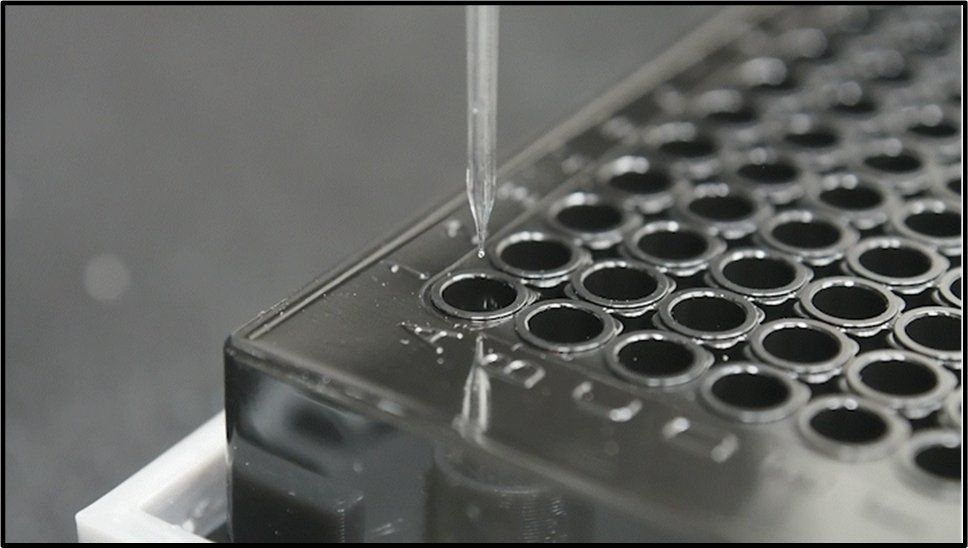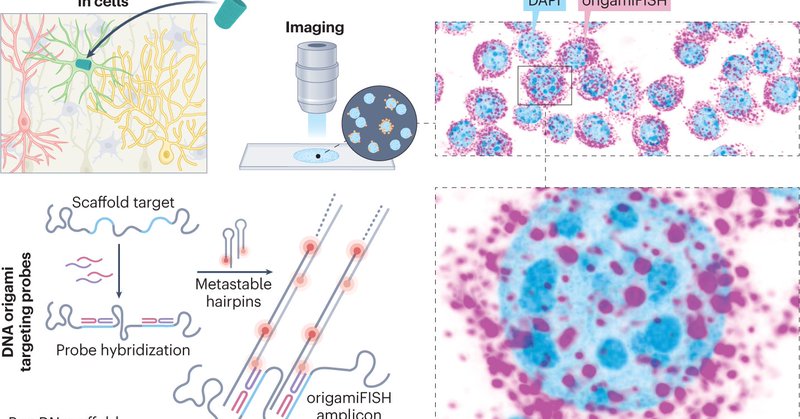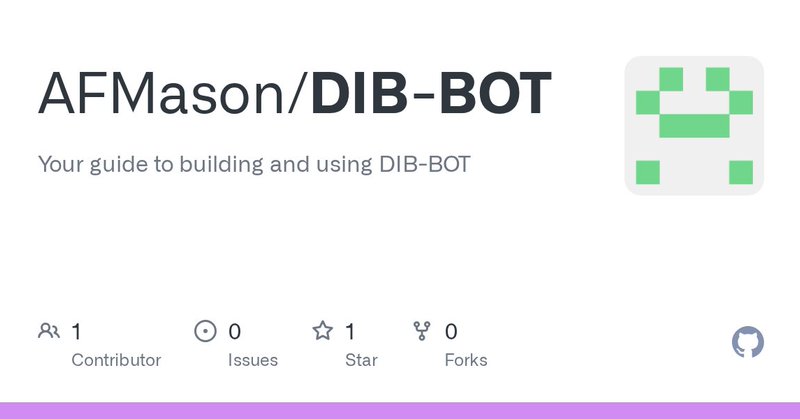
Alex Mason
@AlexanderFMason
Followers
610
Following
10K
Media
220
Statuses
2K
Building bottom-up synthetic cells @UOW. Husband / Dad. 🦘back in Aus. All views my own.
Wollongong, Australia
Joined November 2019
RT @MWNautilus: The Collection of Bespoke #Laboratory #Equipment (#COBLE): #3Dprint your own #lab equipment:.#DIYbi….
0
23
0
I want to acknowledge again, @V_Saggiomo for the inspiration for this idea. When this post popped up on my feed in late 2022, I started thinking about how I could adapt a 3D printer for my needs.
And now we have the third Ender 3 robot for the lab :) .Ender 3 Pumps, .HistoEnder (@Ponz91), .and welcome AraPrinter :D . I'll keep saying that the Ender 3 is the cheapest XYZ robot you can find
1
1
1
If you punch "Droplet Interface Bilayer" into Google Scholar, you'll find a lot of groups worldwide using them, typically using a method based on a great Nature Protocol from @LeptihnLab and @markianwallace. Now almost 10 years old - wow! .
nature.com
Nature Protocols - Constructing droplet interface bilayers from the contact of aqueous droplets in oil
1
0
1
This work was done with @phatmattbaker and Shelley Wickham (Syd Uni). We were trying to build water-in-oil droplet networks, specifically DIBs and DHBs. (and then use the bilayers to play with DNA-based membrane pores, but we never got that far)
1
1
1
I won't repeat my recent thread verbatim - it goes into a lot more detail about the story and data:.
Delighted to receive the best ECR talk for the "World Premiere" of the DIB-BOT, an open-source hardware approach for high throughput droplet interface bilayer deposition!. A quick thread to introduce my robot to the rest of the world. 🤖
1
1
0
Good news our work developing DIB-BOT is now available on @biorxivpreprint! . If you're interested in. -artificial cells.-water/oil droplets.-3D printing.-open-source tech.-automating tedious tasks. you should read the paper, and this thread 🧵.
3
5
49
RT @KGoepfrich: Scientists, ethic ists, philosophers, writers, filmmakers, journalists: Join us in Rome for a discussion about what it real….
0
9
0
RT @tania_patino_: A new approach to visualize 🧬 #DNAorigami within living cells by @leochou0814 lab! 🧫🔬✨It was a great pleasure to write t….
nature.com
Nature Nanotechnology - Conserved regions of the circular DNA sequence of the M13mp18 bacteriophage, which is used as a scaffold for DNA origami construction, are targeted with specific...
0
10
0
RT @SpruijtLab: Can coacervates help form life’s building blocks?.In our new work in @NatureComms, Jiahua & @DrManzarsial show that ferricy….
0
17
0
More awesome open science from @V_Saggiomo . I will definitely be using this to sort droplets by size!.
We made Open Technology microfluidics with 25-micron features using a cheap consumer 3D printer, and used them to detect zooplankton, parasite eggs, and microplastics onsite, you just need a syringe. 1/3
1
0
3
RT @AlexCook222: New article on complex coacervate artificial cells now online. Thanks very much to Bruno (@ciqususc) for the collab, and o….
0
4
0
RT @RicciLab: Out this week in @angew_chem: we introduce for the first time ELIDIS, an Enzyme-Linked DNA Displacement assay for the electro….
0
5
0
RT @NatureNano: New content online: Interlinking spatial dimensions and kinetic processes in dissipative materials to create synthetic syst….
0
8
0
As @V_Saggiomo says, the Ender3 is the cheapest cartesian robot you can buy!. And Gcode (the code that tells 3D printers how to move) is surprisingly easy to learn. Give it a go! I, for one, welcome our new robot overlords.
1
1
8
So, want to build one? well, here is the Github:. It's incomplete but I will be updating it as I build another DIB-BOT here at @MolHorizons @uowresearch. And a preprint will be uploaded before xmas. .
github.com
Your guide to building and using DIB-BOT. Contribute to AFMason/DIB-BOT development by creating an account on GitHub.
1
1
7















